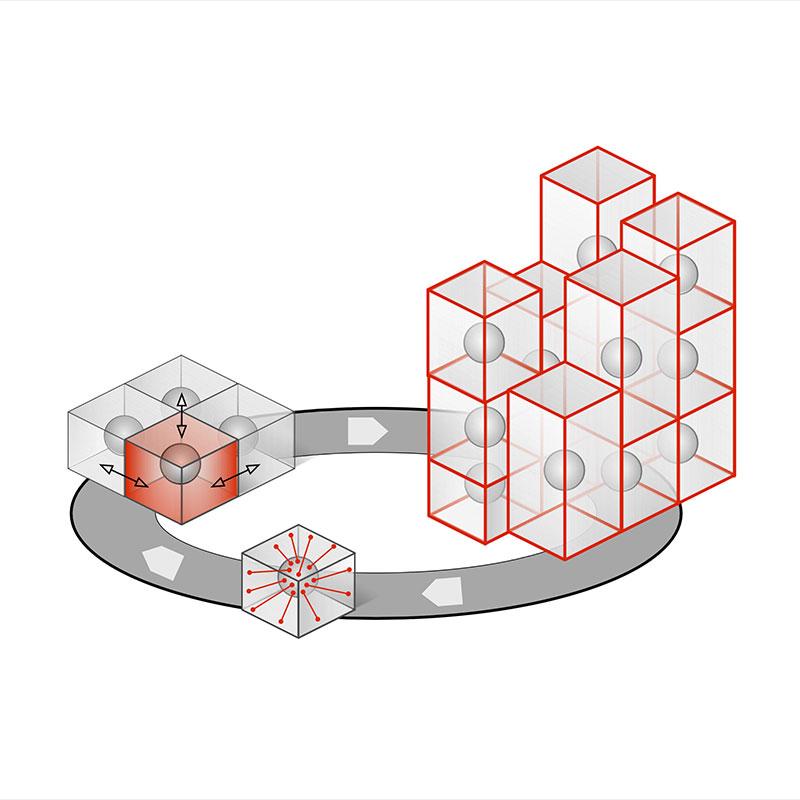
Submitted by Helen C. Scott on Thu, 02/03/2017 - 14:32
Plants represent the only available platform allowing sustainable bioproduction at the gigatonne scale. Combining modular body plans and developmental plasticity with capacity for photosynthesis and extensive secondary metabolism, plants are highly attractive targets for genetic engineering. However, efforts in this area have been complicated by slow growth rates, physiological complexity, and technical challenges in the handling and manipulation of plants. Furthermore, better experimental and theoretical frameworks are needed to dissect and understand the hierarchies of genetic and physical interactions shaping their multicellular behavior.
We have reviewed the state of the art in genetic engineering of the nuclear and chloroplast genomes in plants, and highlight new approaches to harnessing their potential as custom agronomic systems for large-scale production. In particular, we show how simple plant models like the liverwort Marchantia polymorpha - combined with standard DNA parts and advanced quantitative imaging technqiues - can bridge the complexity gap between microbes and higher plants. Synthetic genetic circuits proven in Marchantia may serve as valuable tools for addressing some of the major challenges in plant metabolic engineering such as the introduction of C4 photosynthesis in C3 crops or the refactoring of nitrogen fixation pathways.
- Boehm CR, Pollak B, Purswani N, Patron N & Haseloff J. (2017) Synthetic Biology. CSH Perspect Biol a023887.
